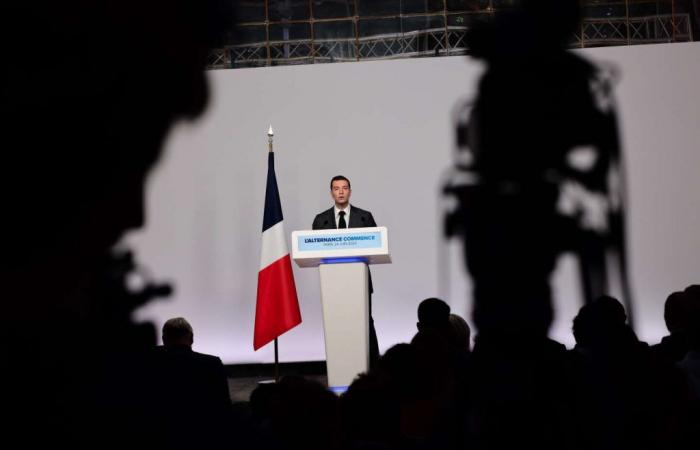
QWhen elected representatives of the National Rally (RN), in cities or regions, explain why they will not vote for a subsidy for a film, a painting or a festival, they come out with the same refrain: the money distributed never takes into account the tastes of the French, in particular the 30% or so of people who vote for them.
Also read the survey | Article reserved for our subscribers 2024 Legislative Elections: With the RN, the Fear of a Cultural Counter-Revolution
Add to your selections
To make it clear, these elected officials rarely use the expression “public money”, which is too abstract, and “taxpayer money” a lot. Everyone has their opinion on how the RN poses the problem. Let us instead see, since the Ministry of Culture was created, sixty-five years ago, how the link is established between the subsidy to a place or a work, and their popularity.
The subject was rarely raised, not so much because it is considered populist. No one thinks about it because of a miraculous consensus on culture that has existed between the left and the right for decades. A consensus aimed at developing the offer, essentially in the big cities, hoping that all audiences will follow. Malraux launches the movement, Lang amplifies it, others continue it. The common aesthetic compass is called “excellence”, a way of banishing entertainment. The administration, rich in experts and commissions, keeps a watchful eye, much more than the ministers with limited lifespans.
Rebalancing initiated in 1983
But now, the public’s question arises in times of fever. Right now for example. Or during the crisis of the “yellow vests”, a population which, precisely, is recruited outside the left-right consensus, outside the cities, outside subsidized culture. Not far from the RN electorate.
From there, the far-right party’s cultural offensive took place on several fronts. The first is geographical. It is the most relevant. Residents of large cities are entitled to a much richer cultural offering than anywhere else, where RN voters are recruited en masse. More than half of the ministry’s money does not leave Ile-de-France. Ile-de-France residents receive 139 cultural euros each year compared to 15 euros for residents of the rest of the country. In 2019, L’Express speaks of a scandal.
Read also | Article reserved for our subscribers Legislative elections 2024: in terms of cultural policy, far-right mayors and their “varnish of honour”
Add to your selections
Jack Lang did indeed begin a rebalancing from 1983 with the creation or renovation of several cultural sites in the regions, until the inauguration of the Bibliothèque nationale de France in Paris in 1995, which once again weighed on the issue. Getting out of it is not easy and, moreover, the issue is not unique to France. In the United Kingdom, the Art Council is trying to redistribute money to the regions, provoking a revolt among Londoners who are keen on culture.
You have 57.09% of this article left to read. The rest is reserved for subscribers.





